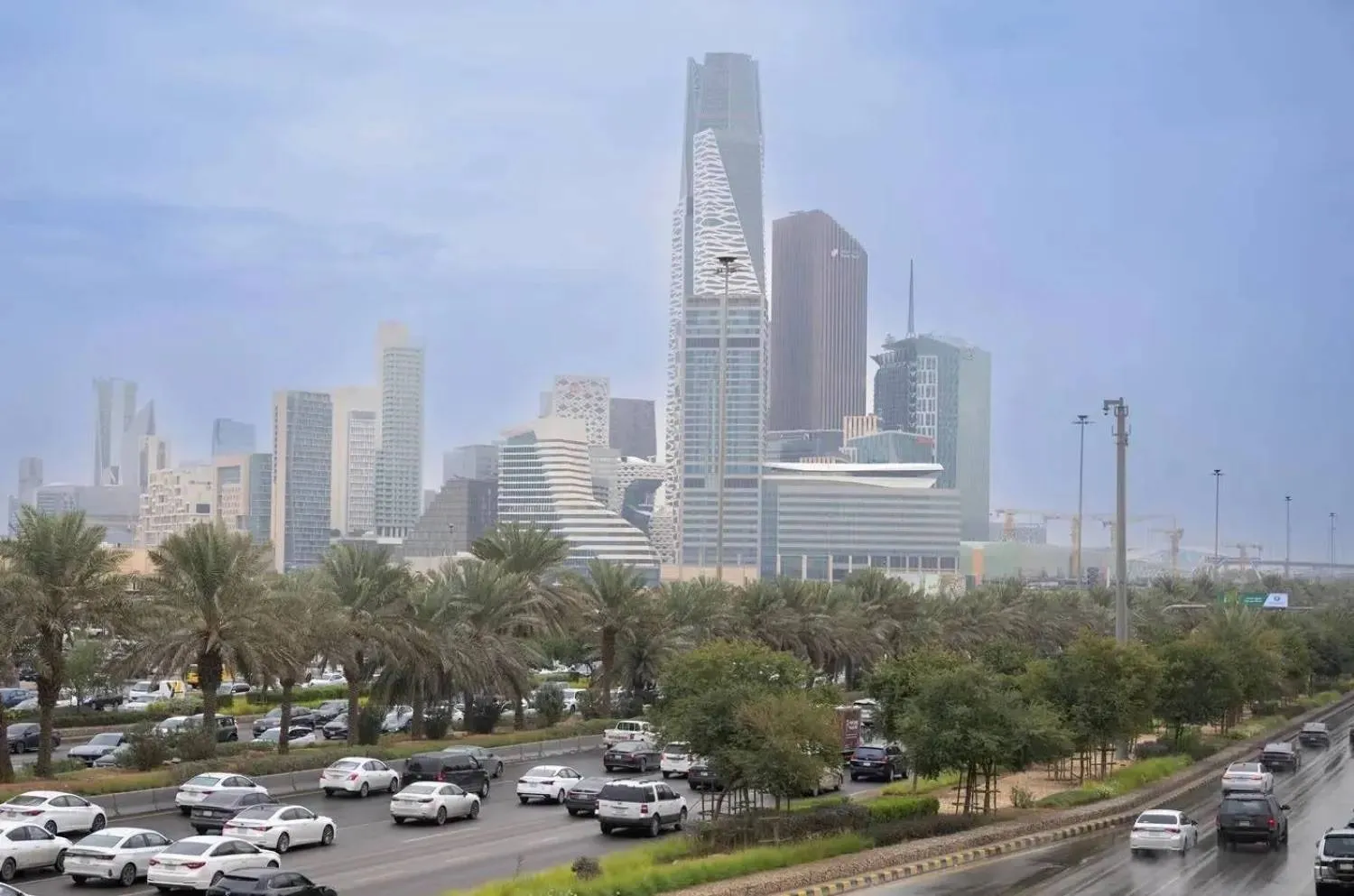Gold prices rose more than 1% to hit a record high on Thursday, helped by expectations of an interest rate cut by the Federal Reserve next week after US data signaled a slowing of the economy.
Spot gold was up 1.6% at $2,552.63 per ounce, as of 11:40 a.m. ET (1540 GMT). US gold futures were up 1.5% at $2,581.40, Reuters reported.
The US Labor Department said initial claims for state unemployment benefits rose 2,000 to a seasonally adjusted 230,000.
US producer prices increased slightly more than expected in August amid higher costs for services, but the trend remained consistent with subsiding inflation.
"We are headed towards a lower interest rate environment so gold is becoming a lot more attractive... I think we could potentially have a lot more frequent cuts as opposed to a bigger magnitude," said Alex Ebkarian, chief operating officer at Allegiance Gold.
Markets are currently pricing in an 85% chance of a 25-basis-point US rate cut at the Fed's Sept. 17-18 meeting, and a 15% chance of a 50-bps cut, the CME FedWatch tool showed.
Zero-yield bullion tends to be a preferred investment amid lower interest rates.
"The labor market is continuing to falter and if the labor market deteriorates, the journey that they'll embark on in cutting rates is going to go for an extended period of time," said Phillip Streible, chief market strategist at Blue Line Futures.
Elsewhere, palladium gained 2.3% to $1,031.00 per ounce, hitting its highest in over two months.
Traders said the metal was benefiting from a short-covering rally after Russian President Vladimir Putin said on Wednesday that Moscow should consider limiting exports of uranium, titanium and nickel in retaliation against the West.
"Putin did not mention palladium. But since the metal is a by-product of Russian nickel production, such export curbs could drive down production of both metals and deepen the current deficit in the palladium market," said WisdomTree commodity strategist Nitesh Shah.
Gold Hits All-time High as Fed Rate-cut Hopes Bolster Appeal

Gold bars from the vault of a bank are seen in this illustration picture taken in Zurich November 20, 2014. REUTERS/Arnd Wiegmann/File Photo

Gold Hits All-time High as Fed Rate-cut Hopes Bolster Appeal

Gold bars from the vault of a bank are seen in this illustration picture taken in Zurich November 20, 2014. REUTERS/Arnd Wiegmann/File Photo
لم تشترك بعد
انشئ حساباً خاصاً بك لتحصل على أخبار مخصصة لك ولتتمتع بخاصية حفظ المقالات وتتلقى نشراتنا البريدية المتنوعة







